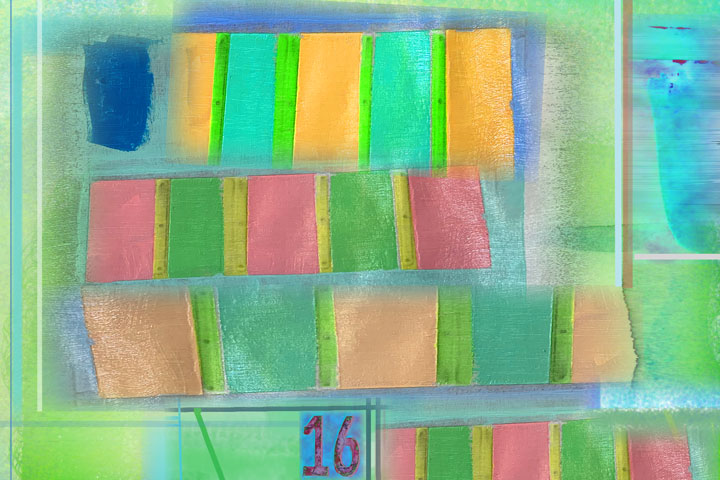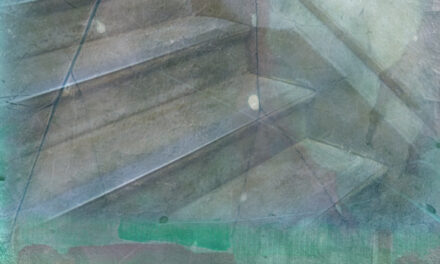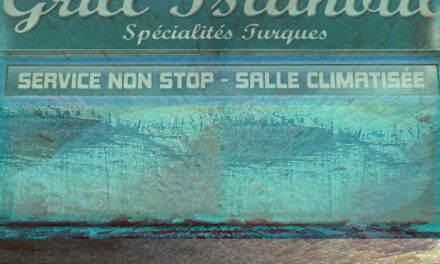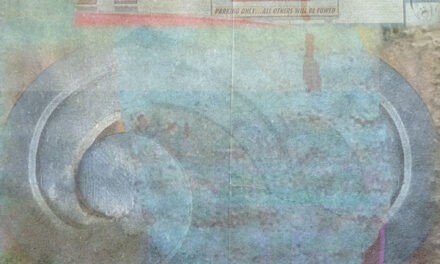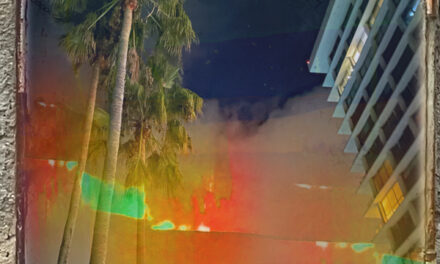Carlsbad Caverns National Park has been a World Heritage Site since 1995.
Since 1986, when explorers found more to the Lechuguilla Cave than previously thought, the mystique of the park has taken on new length and depth.
The Lechuguilla Cave actually runs longer and deeper than the original Carlsbad Cavern.
It stretches for more than 145 miles. At its deepest point, it is 1,604 feet below the surface. This makes it one of America’s longest and deepest limestone caves.
Before the 1986 discovery, few people paid much attention to the Lechuguilla Cave. Now it is a global favorite.
Above the surface, the cave’s namesake, the prickly Lechuguilla bush, dot low rocky hills.
Down below, gypsum and lemon-yellow sulfur deposits bathe the cave in vivid colors.
Many of its formations, distinctive stalactites or stalagmites, cave pearls, subaqueous helictites and rusticles, can’t be found anyplace else in the world.
Scientists have identified five separate geologic formations. Bacteria eat away at the rock, slowly absorbing sulfur, iron, and manganese minerals.
A number of pools have been discovered.
What hasn’t been discovered is a sound explanation for their source of water.
One could be above ground precipitation. Rare desert rain could seep down from the surface, wind its way through rock for 700 feet, and eventually condense into droplets that fall from the cavern’s walls to feed the pools.
Lechuguilla Cave is not for everyone. Not when it comes to access, which is restricted for authorized exploration teams and scientists.
It is one of 300 limestone caves cradled below ground in a fossil reef of an inland sea dating back 265 million years.
More recently, twelve thousand years ago, Native Americans American Indians, the Mescalero Apache lived in the Guadalupe Mountains near the Carlsbad Caverns National Park.
Next for Lechuguilla Cave? The National Park Service suggests there is still “an exceptional potential for additional cave discovery, significant exploration and research.”

